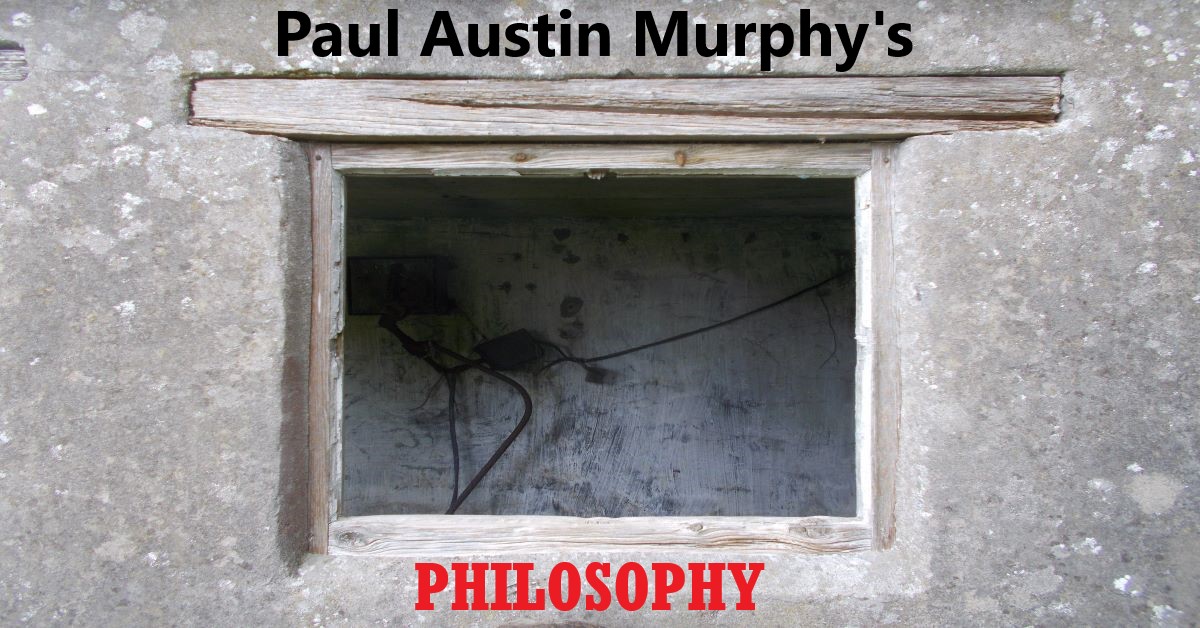Even though many philosophers believe that Alfred Tarski’s ‘theory’ of truth is not about correspondence, "he suggested [that it] captured the idea" of correspondence. This makes intuitive sense. In any case, he saw the notion of truth as foundational in logical discourse. He took this idea from Frege. Tarski’s "unspoken starting point was the account of reference proposed by Frege, in which truth features both as the aim of discourse, and as the semantic value of successful utterances" (109). This is also the position, it would seem, of Brandom’s inferential holism.
What are the three fundamentals of Tarski’s ‘semantic theory of truth’? –
i) That it should assign truth-conditions to each sentence of our language.
ii) That it should derive those truth-conditions from the semantic values of the parts of a sentence.
iii) That it should meet what he called a ‘condition of adequacy’, namely, that every instance of the following ‘convention’:
(T) s is true if and only if p.
should come out true.
What can we say about the schema above? We can replace the letter s above by a name. Or, more correctly, by ‘the name of a sentence’ (Frege said truth-valued sentences are names – names of truth-values?). Since it is a name of a sentence, and not a sentence itself, it will have inverted commas around it. In terms of the letter p, that will be replaced by the sentence itself – that is, without inverted commas. Now we can have:
(S) ‘Snow is white’ is true if and only if snow is white.
Because of his belief in object-languages and meta-languages, Tarski believed that
"truth could only be defined for each language taken on its own, and moreover that it must be defined not in that language but in another, which is called the “meta-language”’ (110).
Of course we need to ask why Tarski thought that this should be the case. A sentence cannot predicate truth of itself. Therefore a language cannot predicate truth of itself?
We mentioned correspondence earlier. Now we can clarify why the convention explicates correspondence. Such schema "relate a sentence to the fact that it is used to express, by first naming the sentence, and then using it" (110). A sentence is used to express a fact. Why isn’t S using the term ‘truth-condition’ here? Does that mean that a fact is simply a truth-condition? Is there no difference according to Convention T? Anyway, in the jargon, when we write ‘snow is white’ we are naming that sentence (hence the quotes). When we write snow is white we are using that sentence, not naming it.
Because of the intuitive simplicity of convention T, or even its vacuity (according to some), we can know ‘a priori that the sentence “snow is white”… identified the very state of affairs… that makes the sentence “snow is white” true’ (110). We can know this a priori simply because the sentence used is simply the sentenced named with quotation marks. We can't go wrong! Thus this theory can entail every instance of (T) in a language (say, English). And this is "all that can be captured of the idea of correspondence: all that can be captured in language" (110). If someone asks what the correspondence theory of truth amounts to, we can say this:
(T) S is true if and only if p.
I said earlier that some philosophers have called this convention ‘vacuous’. S says that "Tarski simply returns us to the indisputable platitudes about truth" (110). What’s the point of platitudes when it comes to something as deep as truth? This is an alternative to ‘profound metaphysical theories’. Indeed ‘perhaps we should not ask more of a theory of truth’ (110). Perhaps this is all there is to say, even if it's basic. Anything more, one thinks, would be metaphysics, and perhaps that was Tarski’s point. He may have still had logical positivist sympathies, despite not being a member of that school.
Quine took this idea further by considering the predicate ‘true’. This doesn't ‘describe the metaphysical status of a sentence, but simply as what he calls a “predicate of disquotation”’ (111). Does that mean that the predicate ‘snow is white’ is simply disquoted to become snow is white? I mentioned naming a sentence and then using that sentence. In this case, ‘we pass from words quoted to words used: and that, indeed, is its function’ (111). That is the ‘function’ of what? The truth-predicate?
Again, the purpose of Convention T is in its "making the minimum metaphysical assumptions". That was the whole point. That is why it is so simple! Having said all that, Tarski came to believe
"that it was impossible, and that theories of truth could only be devised for artificial languages, and then always at the expense of constructing another language in which to discuss them".(111)
Why, then, did he think that a theory of truth is ‘by no means easy’. Indeed why did he fail in his task (in the case of natural, not artificial, languages)? Does that mean that there is something wrong with (T) above? In that case, what is wrong with it? Is it that, in the end, one can't leave out the metaphysics after all? Perhaps, then, rather than providing the requisite metaphysics, or failing without it, he should have given up on truth altogether and become a elimitivist or naturalist about truth.
Another problem with leaving out the metaphysics of (T) was that "minimalist theories could be embraced by defenders of correspondence and by defenders of coherence" (111). Alternatively, "maybe these are just rival descriptions of the same idea – the idea contained in convention T’"(111). We must ask, then, how the coherentist interprets Convention T. However, it seems pretty obvious how the correspondence theorist will interpret it. (Perhaps on a Tractarian model in which the picture theory tells us that parts of the world, the atomic fact, are pictured by the parts of the sentence.)

No comments:
Post a Comment